Exports to the EU cannot bypass the Carbon Border Adjustment Mechanism (CBAM)
| EU Customs Reform | |
| East Sea, Vietnam"s sovereignty from perspective of European scholars | |
| EU relaxes food safety regulation for Vietnamese instant noodles |
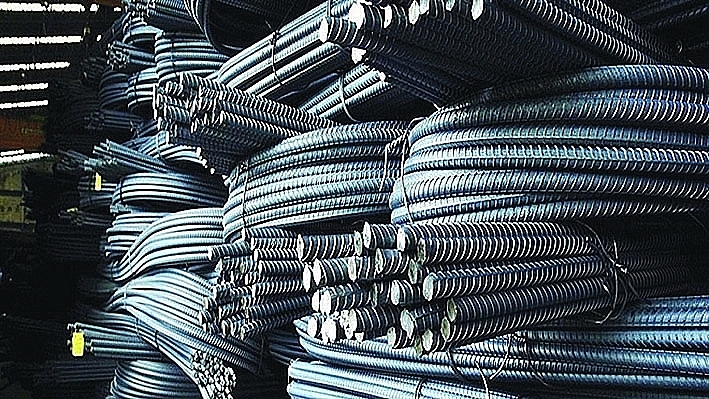 |
| CBAM will focus on commodities with the highest risk of carbon leakage – a major challenge for the steel industry. Source: Internet. |
Focus on goods with a high risk of carbon leakage
According to the Vietnam Trade Office in Belgium and the EU, CBAM will begin to apply in the transition period on October 1, 2023, the first reporting period for importers ends on January 31, 2024. The set of rules and requirements for the reporting of emissions under CBAM will be specified in the implementation act and will be adopted by the Commission in consultation with the CBAM Committee, which includes experts from EU member states.
In the first phase, CBAM will focus on commodities with the highest carbon leakage risk, namely cement, iron and steel, aluminum, fertilizer, hydrogen and electricity.
According to the Vietnam Trade Office in Belgium and the EU, according to regulations that took effect on May 16, 2023, CBAM will begin to apply in the transition period from October 1, 2023. To facilitate smooth deployment, EU importers will not have to make financial adjustments during this time.
However, upon full implementation by 2026, CBAM will operate as follows: importers of goods covered by CBAM in the EU will need to purchase a CBAM certificate. EU importers must declare by May 31 of each year the quantity of goods and the emissions associated with those goods imported into the EU in the previous year. At the same time, the importer submits the number of CBAM certificates corresponding to the amount of greenhouse gas emissions contained in the product.
“If EU importers can demonstrate, based on verified information from third-country producers, that a carbon price has been paid in the production of the imported goods, the amount can be deducted from their final bill,” said the Vietnam Trade Office in Belgium and the EU.
Pham Chau Giang, senior expert of VinaCapital Foundation, said that according to the current roadmap, in 2027-2028, businesses must initially make improvements to reduce carbon emissions, or else they will face certain taxes and fees. Especially, the first industries must pay a carbon tax if they can't come up with solutions to reduce carbon emissions. Next, other exporting countries will in turn impose a carbon tax if businesses do not actively convert.
Accelerate energy conversion
Nguyen Canh Cuong, Commercial Counselor, Vietnam Trade Office in the UK said that the EU has issued a new CBAM. The UK is also conducting consultations on a similar mechanism from March 30 to June 22, 2023.
CBAM will replace the EU Emissions Market Mechanism for the period 2026 – 2035. CBAM is a new EU policy instrument that allows for additional taxes on imports in high-emission industries including manufacturing of iron, steel, aluminum, fertilizer, cement, electricity and hydrogen. This additional tax is known as a carbon tax and is calculated based on the product's emissions during the production process.
During the transition period, importers are required to report on the greenhouse gas emissions of imported products but have not yet paid taxes. After the CBAM comes into force, importers must declare the emissions levels of the product imported from the previous year for the UK Authorities to calculate the tax.
CBAM aims to prevent CO2 emissions shifting, or CO2 leaks across borders, and encourage global industries to accelerate the transition away from high CO2 fossil fuels to use cleaner energy with low emissions, such as wind and solar energy.
In addition, CBEM also aims to increase revenue from carbon taxes to spend on environmental projects and to protect some domestic industries (production of iron, steel, aluminum, fertilizer, cement, electricity and hydrogen) in the face of competitive pressure from lower priced imports.
In essence, CBAM is both a tool to reduce CO2 emissions across borders, and to encourage domestic and foreign industries to apply low-carbon technology, convert energy towards a cleaner direction (for carbon tax reductions) and is both a tool to protect domestic industries of developed countries. CBAM also encourages other countries to enact stronger and more effective climate change measures.
CBAM will not have a significant impact on trade between now and January 1, 2026. However, in this transition period, industries that use a lot of energy (electricity, gas) and have high levels of greenhouse gas emissions must switch technologies to avoid new cross-border carbon tax barriers in the future.
The long-term effects of CBAM can be predicted that the production and export of cast iron, steel, aluminum, cement and fertilizer products by developing countries, including Vietnam, will face difficulties when competitive advantages due to cheaper electricity prices and lower environmental protection costs will be reduced because of the new cross-border carbon tax costs. Besides, low-emission industries will have the opportunity to grow while high-emission industries will decline.
Therefore, according to Nguyen Canh Cuong, businesses in industries affected by CBAM need to accelerate energy conversion and gradually apply decarbonization technology in production. Along with that, promoting CBAM dissemination to businesses and supporting businesses to develop a plan to transform non-carbonization technology to adapt to the change of export markets.
Related News
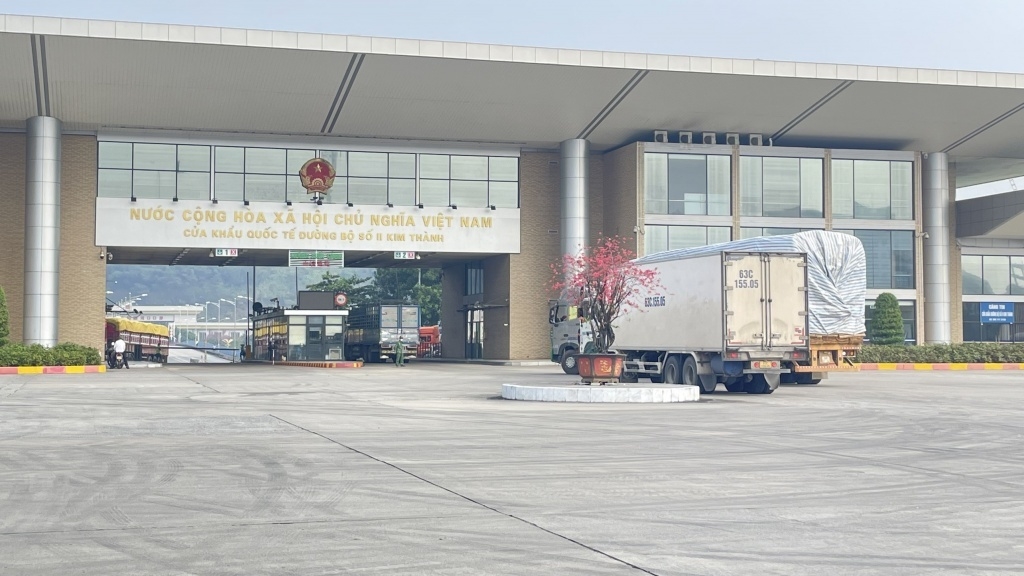
Import and export turnover reaches about US$29 billion in the second half of January 2025
14:52 | 14/02/2025 Import-Export
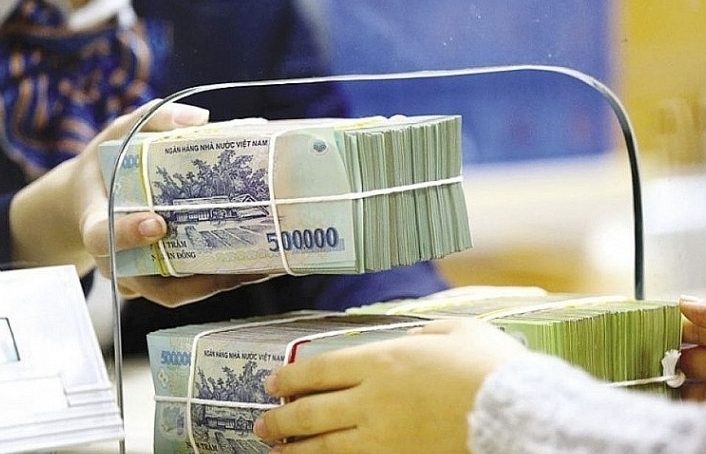
State revenue in first month of the year equal to 14% of the estimate
10:12 | 11/02/2025 Finance
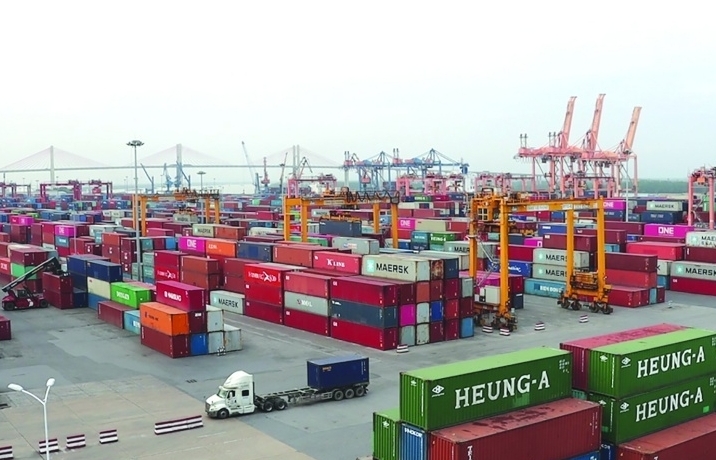
Hai Phong Customs processes more than 1,500 declarations during 2025 Lunar New Year holiday
14:09 | 05/02/2025 Customs
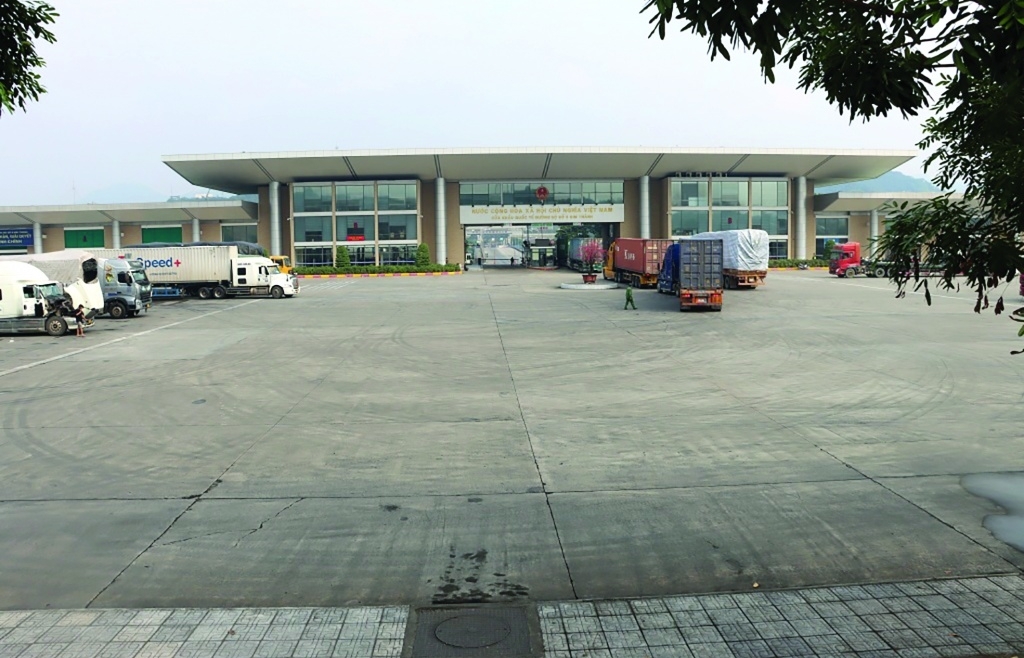
In the first 15 days of 2025, total import-export turnover reached more than US$34 billion
09:58 | 06/02/2025 Import-Export
Latest News

Embracing green exports: a pathway to enter global supply chains
10:33 | 20/02/2025 Import-Export
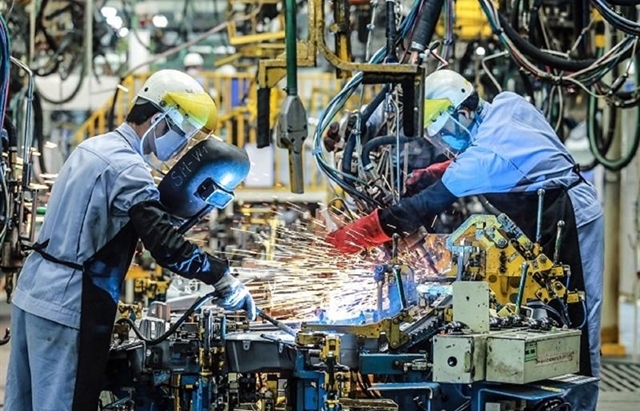
New policy proposed to prevent transfer pricing, tax evasion of FDI enterprises
10:32 | 20/02/2025 Import-Export
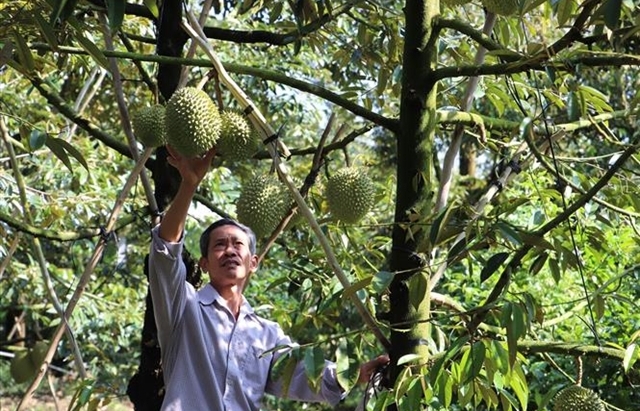
Việt Nam’s durian exports to China plummet by 80%
16:18 | 19/02/2025 Import-Export
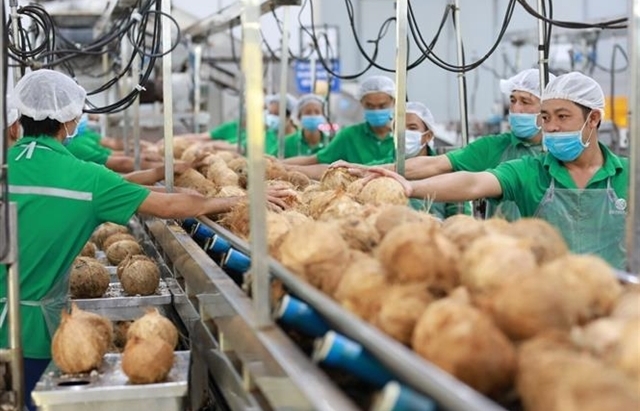
Coconut exports reach 14-year high
15:29 | 18/02/2025 Import-Export
More News

Shrimp exports grow in the first month of 2025
15:28 | 18/02/2025 Import-Export
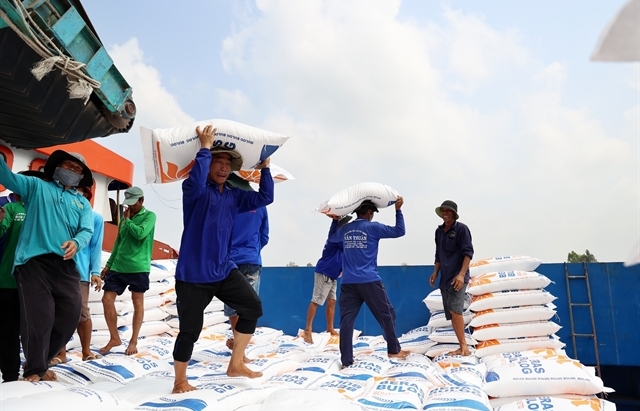
Rice export prices drop, but decline expected to be short-term
08:10 | 17/02/2025 Import-Export
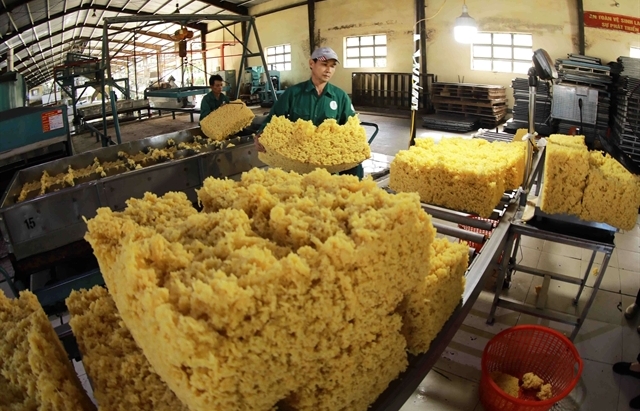
Key agro products expected to maintain export growth this year
08:08 | 17/02/2025 Import-Export
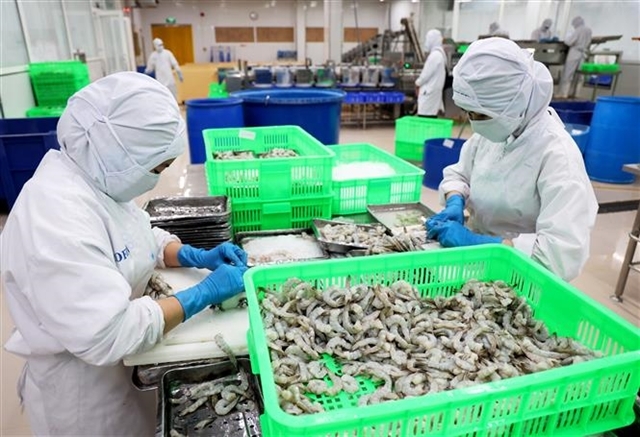
EU issues 12 warnings against Việt Nam’s food and agricultural exports
08:07 | 17/02/2025 Import-Export
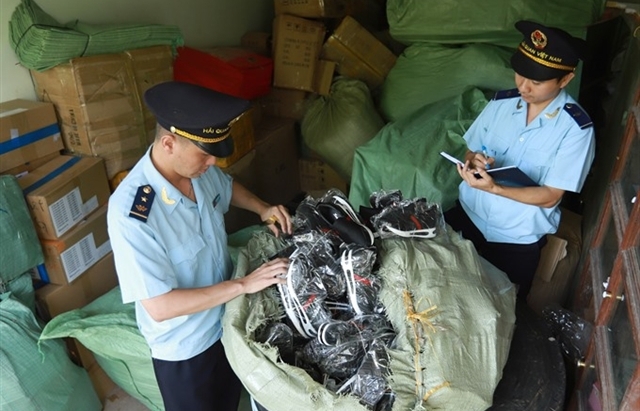
Việt Nam to impose VAT on low-value express-imported goods
08:06 | 17/02/2025 Import-Export

Exchange rate risks need attention in near future
16:31 | 15/02/2025 Import-Export
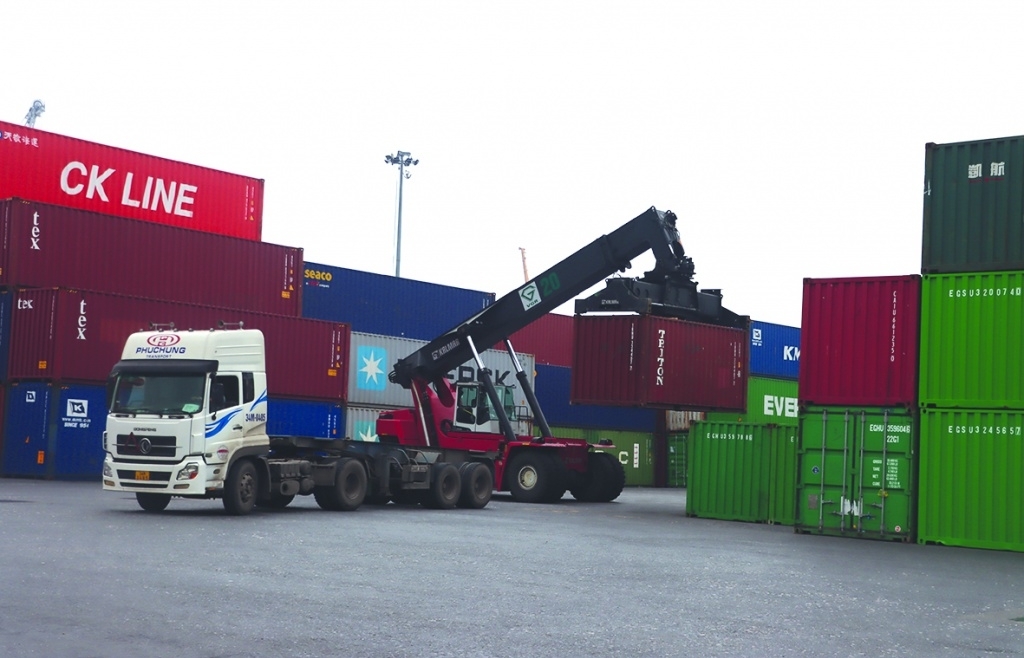
Vietnam kicked off the year with a strong start in trade, exceeding US$63 billion in the first month
16:30 | 15/02/2025 Import-Export

Market edges up slightly as liquidity remains low
14:48 | 14/02/2025 Import-Export

Business regulations must be trimmed for development of enterprises: Experts
14:46 | 14/02/2025 Import-Export
Your care
The system has not recorded your reading habits.
Please Login/Register so that the system can provide articles according to your reading needs.

Embracing green exports: a pathway to enter global supply chains
10:33 | 20/02/2025 Import-Export

New policy proposed to prevent transfer pricing, tax evasion of FDI enterprises
10:32 | 20/02/2025 Import-Export

Việt Nam’s durian exports to China plummet by 80%
16:18 | 19/02/2025 Import-Export

Coconut exports reach 14-year high
15:29 | 18/02/2025 Import-Export
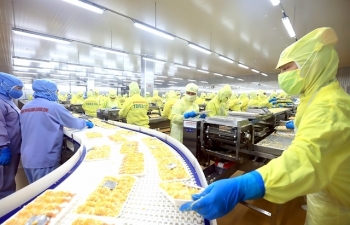
Shrimp exports grow in the first month of 2025
15:28 | 18/02/2025 Import-Export
